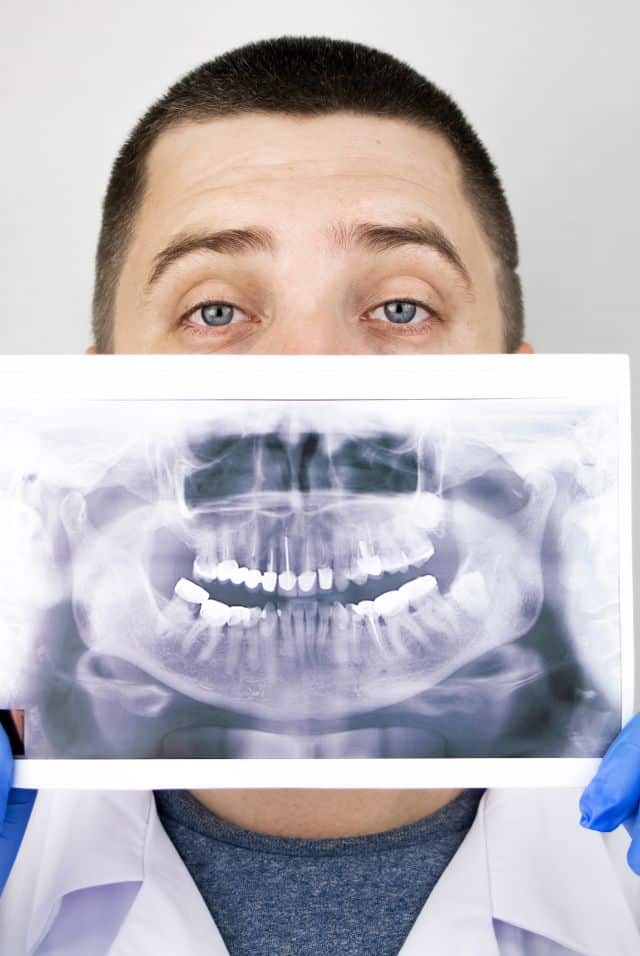Endodontist vs Orthodontist – Overview
To understand the difference between an endodontist and an orthodontist, you must understand their roles in dental healthcare. They both deal with very separate areas of dental problems and their treatments. In this article, we will discuss the significant differences between an endodontist and an orthodontist.
What is an Endodontist
An endodontist is a doctor who treats dental pulp and nerves; they are experts in any root-related problems. Unfortunately, they are the least known doctors in dental care because the conditions they treat are not that common.
If you ever need a root canal, an endodontist is always the right person to consult. Also, visiting an endodontist will be the right decision if you experience dental pain that is not caused by an accident, tooth dislocation, or other common dental problems.
What is an Orthodontist
An orthodontist generally deals with jaw and teeth alignment issues. You can visit an orthodontist if you have problems like overcrowding, under-crowding, spacing-related issues, overbite, or underbite. They can prescribe braces or other alignment services for your oral problems.

Endodontist vs Orthodontist | 4 Key Differences Between Endodontists and Orthodontists
There are multiple significant differences between an endodontist and an orthodontist.
1. Educational Differences
The training and education for both an endodontist and an orthodontist include completing a four-year undergraduate degree, earning a Doctor of Dental Surgery (DDS) or Doctor of Dental Medicine (DMD) degree from dental school, and then completing an additional 2-3 years of residency in their specialty.
An orthodontist and an endodontist have different specific areas to study post-graduation. It is the only difference between them from their educational perspective. An orthodontist needs to have a postgraduate degree in orthodontics.
2. Focus
Though the work area is quite similar, the primary focus is always different for these two professions.
Endodontics deals with the dental pulp and nerve care. The dental pulp is a soft area inside the tooth that contains all the tissues. Experienced endodontists are specialized in treating issues related to the dental pulp, not general tooth decay, which can be treated by general dentists.
On the other hand, an orthodontist is primarily concerned with the alignment of the mouth, including teeth and jaw. Therefore, you must seek professional help from an orthodontist for problems like crowded teeth or biting issues.
3. Area of Work
An endodontist generally deals with the following areas
- Any problems involving the dental pulp
- Tooth decay
- Any oral pain
- Toothache, fractured tooth, etc.
- Root canal therapy
- Apicoectomies
- Any damage in dental pulp due to dental trauma
- Knocked out tooth
- Dental tissue damage due to any injury
- Diagnosis of any problems in dental pulp or the roots
An orthodontist generally deals with the following areas
- Facial growth
- Corrective braces for teeth alignment
- Teeth straightening
- Examination and diagnosis of any jaw and teeth abnormalities
- X-rays of teeth and jaw alignment
- Mouth, face, and jaw-related problems
- Occlusion
- Oral communication problems
4. When to Visit
Endodontics and orthodontics are two specialized areas of oral healthcare. You visit an endodontist or an orthodontist when your dentist refers you to any of them.
You can visit an endodontist if you have problems like tooth decay, toothache, or painful sensation in any other part of your mouth, any problems in the roots of your teeth, or any oral problems due to an injury or dental trauma.
It is better to seek expert advice when you cannot find an appropriate reason behind your dental issues. After undergoing endodontic therapy, such as a root canal, follow-up examinations are important to ensure healing, typically suggested every 6 to 12 months, depending on the specific case. It is important to perform periodic examinations every six to twelve months.
You can visit an orthodontist if you have jaw malocclusion, tooth crowning, teeth misalignment, overcrowding, spacing, biting problems, palate expansion, teeth straightening, oral communication problems, etc. If you want to realign your teeth or jaw, you must seek help from an orthodontist.
When undergoing treatment, you may have to visit your orthodontist every eight to twelve weeks. Orthodontic problems may take a few months to several years to heal entirely. It is recommended that children have an orthodontic evaluation by age 7 to identify any potential issues, but this does not mean all children will need treatment at that age.
Conclusion
An orthodontist and an endodontist have different roles and responsibilities in oral healthcare. It is not very hard to figure out which doctor you should visit for your oral problems. You can seek help from your dentist. They will refer you to the right person for your problems.
See Also